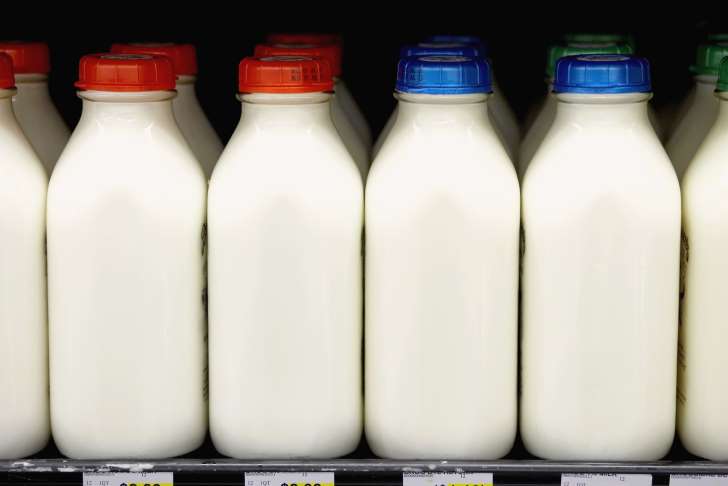There has been something of a renaissance of raw milk in recent years. And, not surprisingly, the dicey drink of bygone eras is also reviving disease outbreaks.
In recent years, researchers at the CDC have noted that more states have made it legal to get raw (unpasteurized) milk, and yearly outbreak numbers linked to unpasteurized dairy have quadrupled nationwide. This week, experts released an analysis of a 2016 multi-drug resistant infection outbreak in Colorado that highlights the growing problem of raw milk consumption—and the challenges that lie ahead. Specifically, the milk in the outbreak was consumed legally while health authorities were powerless to halt distribution even as they watched the outbreak play out over weeks.
The authors of the report, led by the CDC’s Alexis Burakoff, M.D., suggest authorities need to do more. They call for more guidelines and state-level assistance in dealing with the raw milk and the outbreaks it sparks. “As more states legalize the sale or other distribution of unpasteurized milk, the number of associated outbreaks will likely increase,” they warn. Dr. Burakoff and her colleagues reported their analysis in the CDC’s Morbidity and Mortality Weekly Report.
The infections cause fever, stomach cramps, vomiting, and diarrhea. The outbreak strain of C. jejuni could withstand three antibiotics: tetracycline, nalidixic acid, and ciprofloxacin. The latter has been a first-line defense against C. jejuni in the past, when antibiotics were warranted. Drug-resistant strains can cause more severe disease and take longer to clear up.
The Coloradoans drinking the milk were doing so legally. Though selling raw milk in the state is illegal, selling a share of a herd of cows or goats (herdshares) for access to raw milk is not. The herdshare at the center of the outbreak had 171 shareholder households, involving 207 people.
The outbreak began in early August but spanned into September, despite several warnings from local health authorities. Throughout the outbreak, the dairy continued to distribute milk to shareholders, and some shareholders shared the milk with others. Only 91 of the 171 households responded to health authorities during their outbreak investigation and response.
Though the Colorado Department of Public Health and Environment seemed to consider shutting down the dairy, doing so would require it to create standards or conditions to safely reopen the dairy. But no standards or conditions short of requiring pasteurization of the herdshare milk could ensure its safety—which the department couldn’t do. Its hands were essentially tied, even as milk samples were testing positive for C. jejuni.
Colorado isn’t the only state with this sort of gray area of raw milk access—and the situation has only gotten worse recently.
Since 1987, the Food and Drug Administration has banned the distribution of unpasteurized milk across state lines, noting the obvious health benefits of ridding the popular dairy product of pathogens. But states can make their own call on how milk is distributed within their borders. And some believe that drinking raw milk has health benefits, despite there being no solid evidence to support those claims.
In 2004, five states allowed herdsharing. By 2008, that number had grown to 10. Likewise, the number of states in which it was legal to sell raw milk increased from 22 in 2004 to 30 in 2011.
CDC researchers reported a spike in outbreaks from raw milk in 2015. Between 2007 and 2012, raw milk outbreaks of C. jejuni doubled, for instance. And comparing average annual outbreaks linked to raw milk in the periods of 1993 to 2006 and 2007 to 2012, researchers noted a four-fold jump.
To highlight the dangers of raw milk, CDC researchers calculated the relative risk of outbreaks of raw milk versus pasteurized milk in 2015. Based on production data and consumer surveys, the researchers estimated that Americans consumed about 2.7 trillion pounds of milk between 1993 and 2006. Of that, Americans drank about one percent, or 27 billion pounds, raw. During that time frame, the 27 billion raw pounds were linked to 73 outbreaks while the remaining 2,673 billion pounds of pasteurized milk were linked to only 48 outbreaks. That works out to a 150-fold increased relative risk of outbreaks from raw milk over pasteurized milk.












